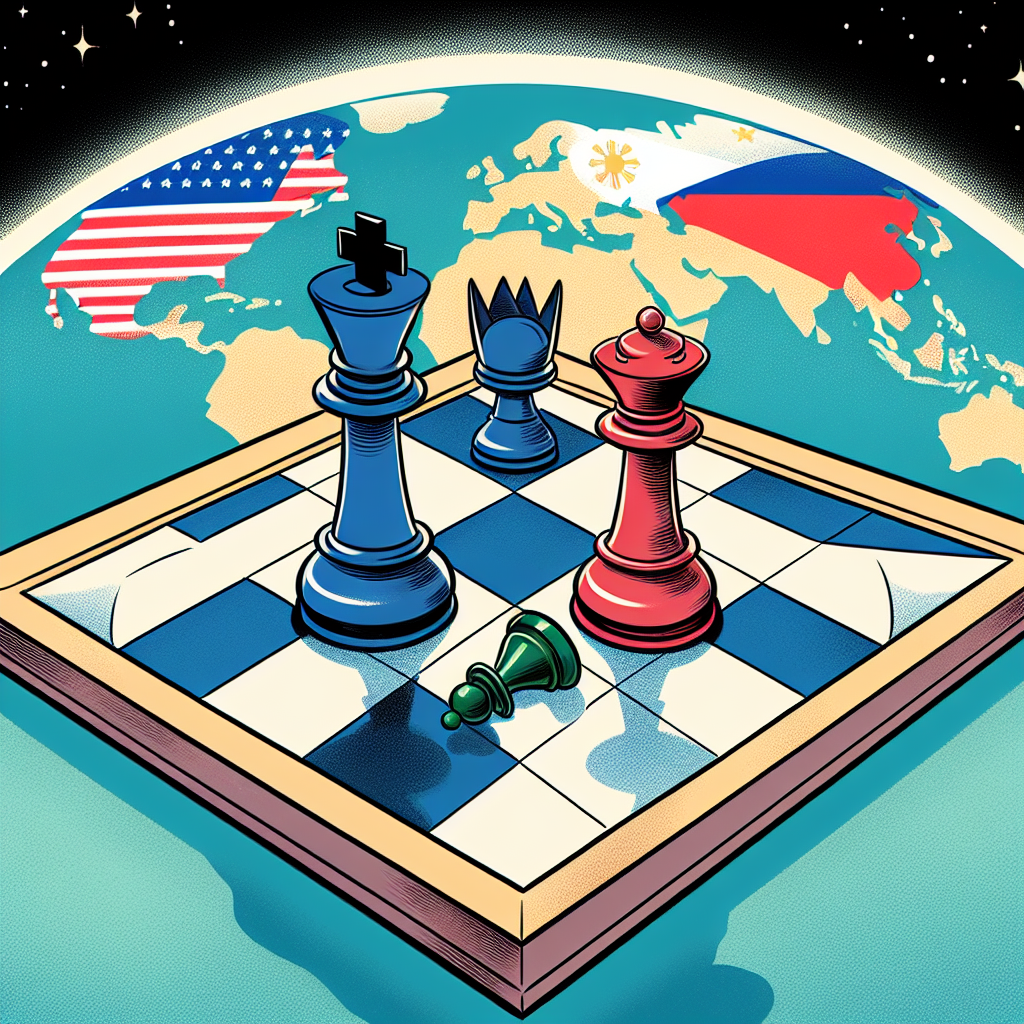US Aims to Position Philippines as a Key Player in US-China Tensions
US Aims to Position Philippines as a Key Player in US-China Tensions
Introduction
The United States is strategically enhancing its relationship with the Philippines to counterbalance China’s growing influence in the Asia-Pacific region. This move is part of a broader geopolitical strategy to strengthen alliances and ensure stability in a region marked by increasing tensions.
Strategic Importance of the Philippines
The Philippines holds a pivotal position in the South China Sea, a crucial maritime area for global trade and military strategy. The US aims to leverage this geographical advantage to bolster its presence and influence in the region.
- Proximity to key shipping lanes and trade routes.
- Historical military ties with the United States.
- Potential to host US military bases and joint exercises.
Strengthening Military and Economic Ties
The US is actively working to deepen military and economic cooperation with the Philippines. This includes increased military aid, joint training exercises, and economic investments aimed at boosting the Philippines’ defense capabilities and economic resilience.
- Enhanced defense cooperation agreements.
- Increased military aid and equipment transfers.
- Joint military exercises to improve interoperability.
Challenges and Considerations
While the US seeks to strengthen its alliance with the Philippines, several challenges remain. These include balancing the Philippines’ economic ties with China, domestic political considerations, and regional stability concerns.
- Philippines’ economic dependence on China.
- Domestic political dynamics and public opinion.
- Potential regional escalation and diplomatic tensions.
Conclusion
The US is positioning the Philippines as a key player in its strategy to manage US-China tensions in the Asia-Pacific. By enhancing military and economic ties, the US aims to create a robust alliance that can counterbalance China’s influence. However, navigating the complex geopolitical landscape requires careful consideration of regional dynamics and domestic factors within the Philippines.


















